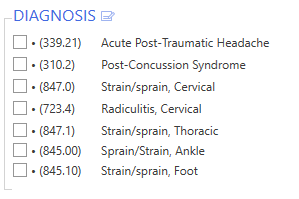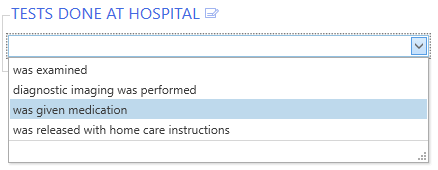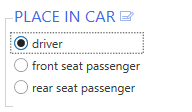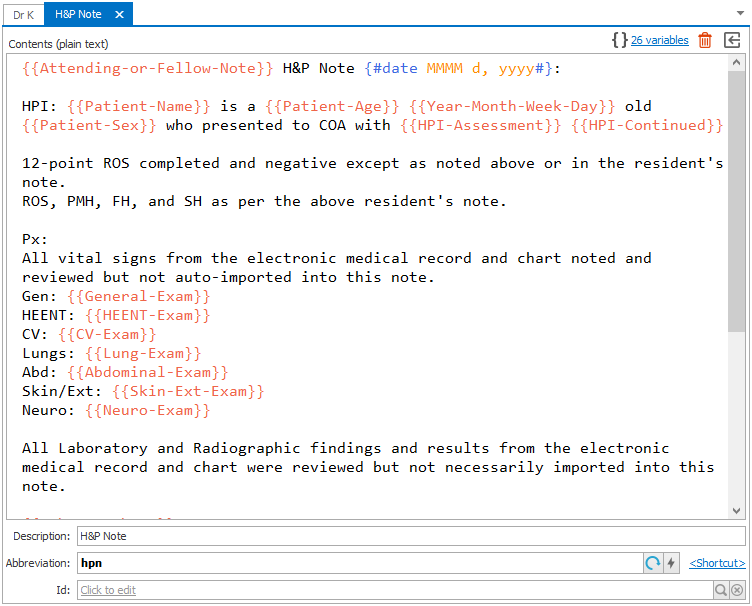
Standardize your common docs
(No IT required)
Creating templates can be a bothersome task.
Especially if the language is not easy to understand and they work only in specific applications (e.g. Microsoft Word).
PhraseExpander templating system is easy to use and works in any program.
And you can get started in just a few minutes:
Get one of your typical notes, reports or email and copy it into PhraseExpander
Define which parts change and which are fixed
Insert variables for each part that needs to change
Enter the predefined values (if needed) for each variable
Use if logic to adapt and customize your template as you fill it in
Your template is ready to be triggered with an abbreviation
It takes just five minutes, no IT headaches required.
Use dynamic forms to generate a custom report in a few clicks
Trigger any template by typing an abbreviation
Fill in the appropriate fields. The form is adapted as you type
Check the preview on the right pane
Confirm to insert the generated text in the active application
Plenty of ways to gather information
Use fill-in variables to enter additional data when the template is executed.
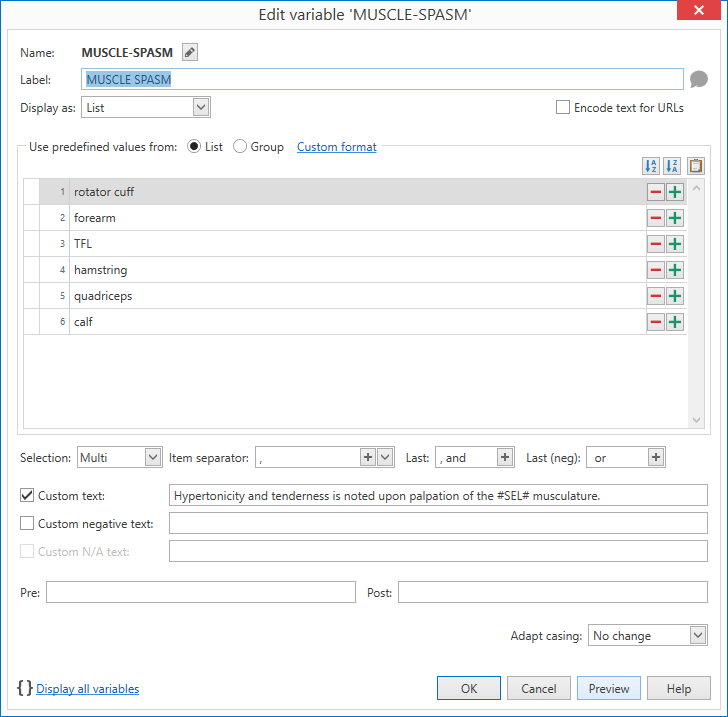
Make your template do exactly what you need
The fill-in variable designer allows you to customize how the input is displayed:
Pre & Post fields allow you to add text before and after the selection
Preselect one or more predefined values
Populate the predefined values from a list of templates
Create optional sections that can be shown or hidden
Generate lists that read naturally (e.g. one, two, three and four)
Customize the generated text before it’s inserted into the document
Nest and reuse variables as needed
 PhraseExpander has allowed me to write more detailed notes in a shorter amount of time, and the creation of custom forms for specific chief complaints prevents me from forgetting to ask key questions while taking a history.— Ari Kounavis, M.D., Pediatric Allergy/Immunology
PhraseExpander has allowed me to write more detailed notes in a shorter amount of time, and the creation of custom forms for specific chief complaints prevents me from forgetting to ask key questions while taking a history.— Ari Kounavis, M.D., Pediatric Allergy/Immunology
Editing is easy (no messing up with code)
Variable are shown with a different color n the template and can be edited with a double-click.
Check the final result without leaving the design dialog
Switch between different display types and find what works best for each context.
The Preview lets you see how the form looks like without leaving the design window.
5 reasons to start using templates today
Do more without sounding robotic: with templates, you can fill in your reports faster without sacrificing quality (you’ll end up increasing it). And they will read like you typed them yourself.
Templates are fast: templates can be triggered with an abbreviation, wherever you are typing. You can customize them with the information that changes and you are all set.
Enforce a procedure: templates let you enforce a procedure and make sure you are not forgetting anything and complying with quality standards.
Focus on what’s really important: stop worrying about data entry or wasting time with formatting or copy and paste: now you can focus on your customers.
Reduce errors: you will not only do things faster but also reduce errors as your templates keep you on track.
Completely customizable: thanks to the if logic, templates are totally customizable (e.g. adapting pronouns automatically based on the gender of the patient, hiding/showing sections based on entered values)
